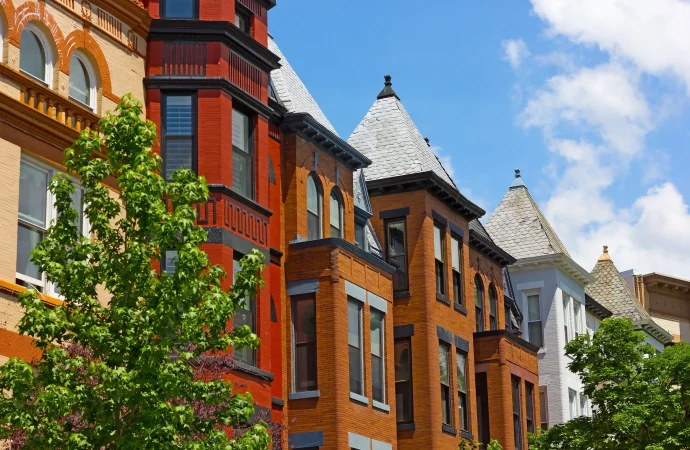Housing Disparities Unveiled: The Unmet Needs in Low-Density Neighborhoods Dive into the complex landscape of housing challenges as low-density neighborhoods grapple with unmet housing needs. Emily Turner, an expert in urban planning, sheds light on the contributing factors, the repercussions on residents, and potential pathways to bridge the housing gap in these communities. Defining the
Housing Disparities Unveiled: The Unmet Needs in Low-Density Neighborhoods
Dive into the complex landscape of housing challenges as low-density neighborhoods grapple with unmet housing needs. Emily Turner, an expert in urban planning, sheds light on the contributing factors, the repercussions on residents, and potential pathways to bridge the housing gap in these communities.
Defining the Housing Gap: Unmet Needs in Low-Density Areas
Understand the nuances of the housing gap that prevails in low-density neighborhoods. Turner dissects the contributing factors, from limited affordable housing options to zoning regulations, providing a comprehensive overview of why certain communities are facing challenges in meeting their housing needs.
Implications for Residents: The Human Side of Unmet Housing Needs
Explore the human impact of unmet housing needs on residents in low-density neighborhoods. Turner delves into the challenges faced by individuals and families, from increased housing costs to limited choices, emphasizing the importance of addressing these disparities for the overall well-being of the community.
Contributing Factors: Understanding the Roots of the Housing Gap
Uncover the underlying factors contributing to the unmet housing needs in low-density areas. Turner analyzes zoning policies, land use patterns, and economic considerations, offering insights into the systemic issues that have led to disparities in housing availability and affordability.

Image by: https://www .brookings. edu
Comparative Analysis: Housing Disparities in Different Density Zones
| Aspect | Low-Density Neighborhoods | High-Density Urban Areas |
|---|---|---|
| Housing Affordability | Limited affordable options | Varied, influenced by market conditions and government policies |
| Zoning Regulations | Often restrictive, limiting housing density | More flexibility, allowing for higher-density developments |
| Access to Amenities | Limited access in some cases | Increased access due to proximity to urban amenities |
| Community Dynamics | Often more spacious and less crowded | Greater population density, influencing social interactions |
Expert Analysis: Emily Turner’s Perspective on Housing Disparities
Emily Turner provides expert analysis on the broader trends and factors influencing housing disparities, particularly in low-density neighborhoods. From the role of local policies to the potential for community-driven solutions, she discusses the multifaceted nature of addressing unmet housing needs.
Potential Solutions: Bridging the Housing Gap in Low-Density Areas
Explore potential solutions to bridge the housing gap in low-density neighborhoods. Turner discusses the importance of innovative housing policies, community engagement, and collaboration between public and private sectors in creating sustainable solutions that address the unique challenges faced by these communities.
Future Pathways: Navigating Toward Equitable Housing
As low-density neighborhoods seek solutions to their unmet housing needs, Turner speculates on potential future pathways. From the role of technology in urban planning to evolving community preferences, understanding the trajectory ahead is crucial for stakeholders committed to fostering equitable housing opportunities.
Conclusion: A Call to Action for Equitable Housing
The housing disparities in low-density neighborhoods demand attention and action. Emily Turner’s insights provide a comprehensive understanding of the factors contributing to unmet housing needs, emphasizing the importance of community-focused solutions and policy interventions to create a more equitable housing landscape.























Leave a Comment
Your email address will not be published. Required fields are marked with *